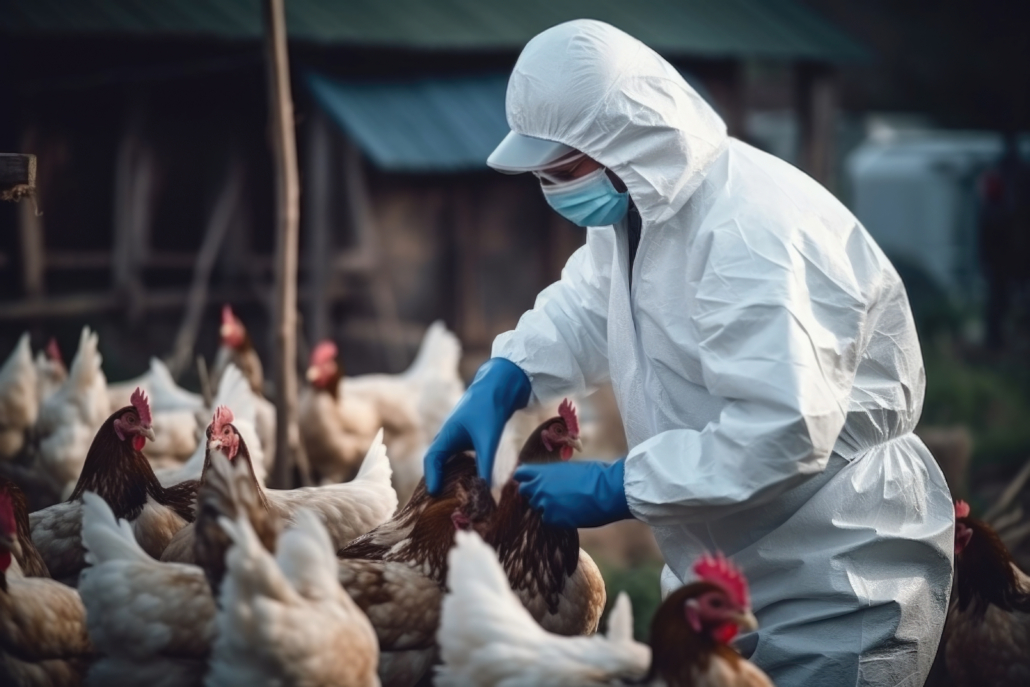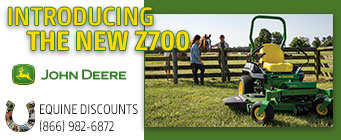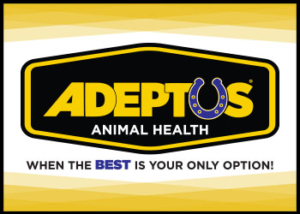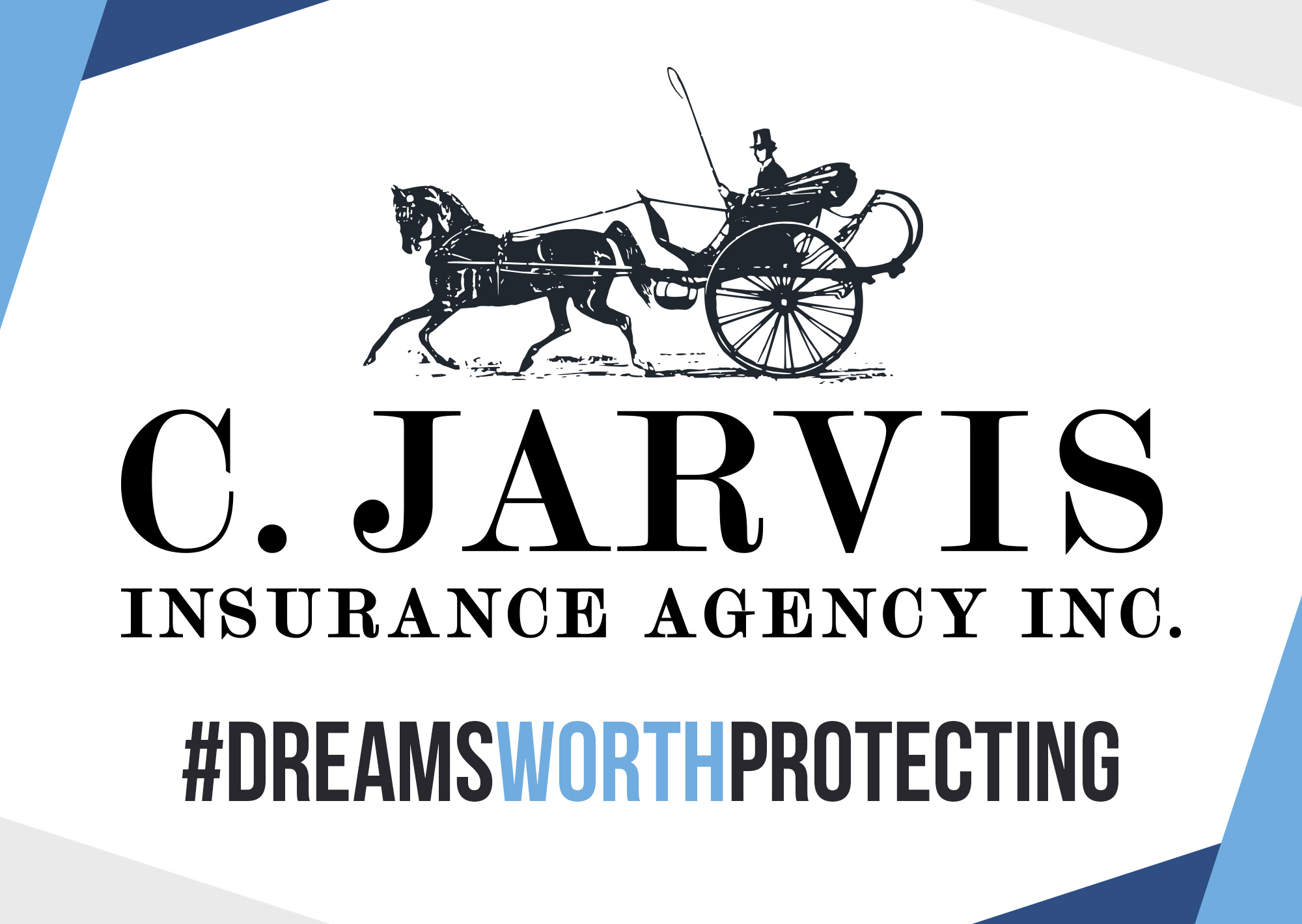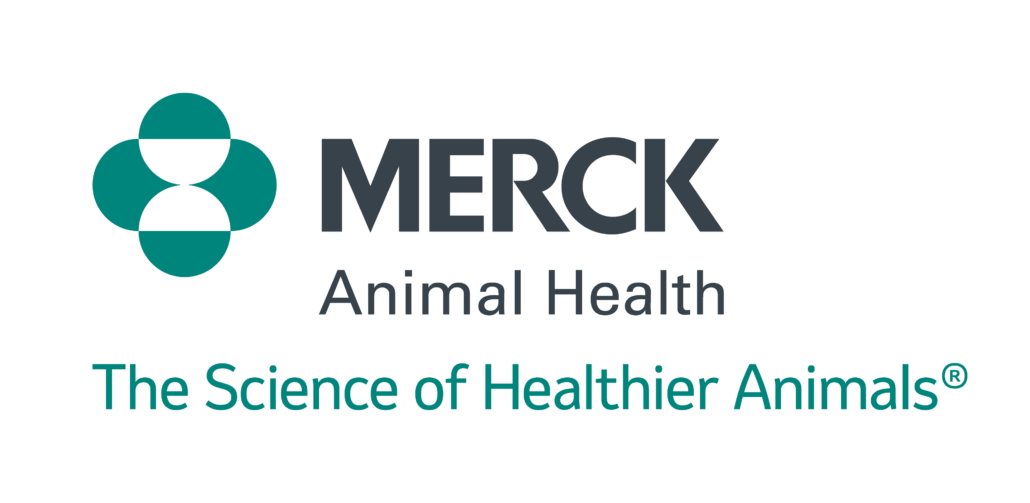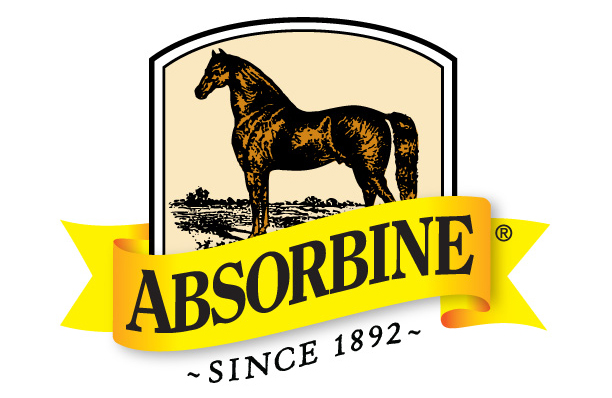Do you need to worry about Bird Flu?
Do you need to worry about Bird Flu?
Bird Flu, also known as Highly Pathogenic Avian Influenza (HPAI), is a highly contagious and often deadly disease in poultry caused by HPAI A (H5) and A (H7) viruses. HPAI is transmitted to domestic poultry via wild birds and most recently the variant H5N1 has been diagnosed in dairy cattle, barn cats, foxes, and 1 person.
H5N1 has not currently been diagnosed in horses; however, it is possible that the H5N1 strain could mutate and infect horses. If H5N1 spreads to horses, it is possible there will be national testing requirements and impacts on interstate movement.
Horses are susceptible to influenza, particularly equine influenza, which is caused by two main strains of the virus (H7N7 and H3N8). The World Organisation for Animal Health considers H7N7 extinct, as it hasn’t been detected in over 20 years.
H3N8 is endemic to the United States and it’s important that horses in the US get vaccinated as part of their routine health care. Equine influenza has a short incubation time and symptoms in horses include fever, nasal discharge, dry cough, depression, weight loss, and weakness. Severely sick horses can develop pneumonia. Most horses recover within 2-3 weeks, but the disease is incredibly infectious among unvaccinated horses.
The first known outbreak of equine influenza in the US was in 1872, but the disease has been reported as far back as 330 CE in Grecian veterinary records.
The outbreak in 1872 became known as “The Great Epizootic of 1872” and was so severe that most horses and mules were incapacitated for weeks and people had to resort to pulling streetcars, wagons, and farm machinery. So severe was the outbreak that 70% of the horses in New York City were affected with a mortality rate as high as 10%.
The concern with influenza viruses is they sometimes mutate to infect other species. H3N8 spread to greyhounds cohoused at a racetrack with infected horses in 2004.
So how can we help prevent the spread of H5N1 to horses? Follow these suggestions:
- Do your best to prevent wild birds, domestic poultry, or barn cats who may interact with wild birds, from accessing shared space with your horses or other livestock. This is inclusive of outdoor water and feed areas.
- If you have cattle on your property with your horses, avoid sharing resources such as hay, feed tubs, or water tanks if possible, and wash your hands between handling different species.
- Raw milk has been shown to carry the live H5N1 virus. If you have barn cats, do not allow them to ingest raw milk. Pasteurized milk is safe.
- Get in the habit of routinely checking your livestock for illness, this includes taking your horse’s temperature regularly so you know what their normal is.
If you suspect any livestock on your property may be sick:
- Separate the animal from all other animals on the property and call your veterinarian immediately.
- Follow standard biosecurity protocols until you and your veterinarian can identify the source of the infection. Treat the animal as if they are infectious to both animals and people until you are able to identify the illness.
To learn more about HPAI N5H1 and keep current on the outbreak, follow the USDA Updates.

